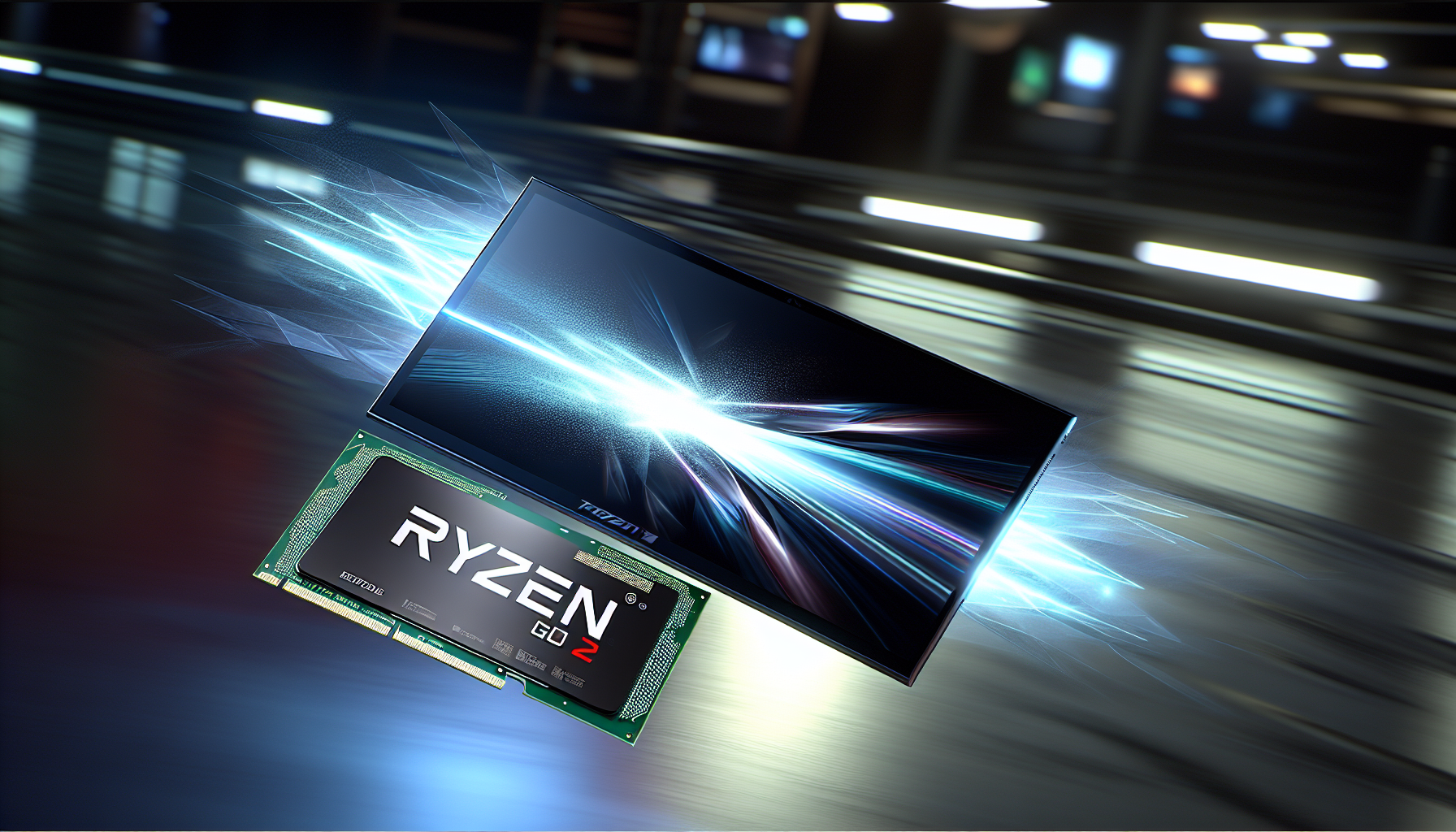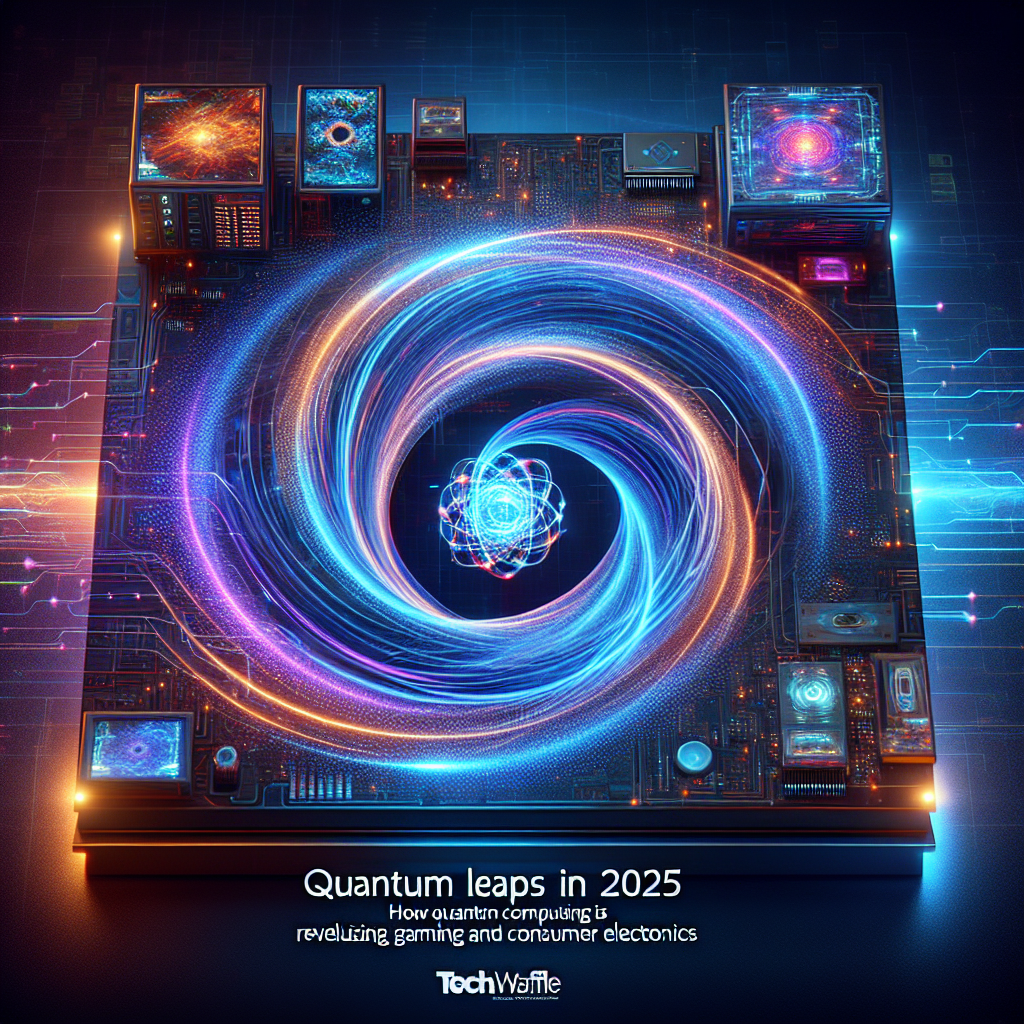Lenovo Legion Go 2 Prototype Debuts with Ryzen Z2 and Stunning OLED Display, Ushering in a New Era of Portable Gaming
Posted on August 02, 2025

Lenovo's Legion Go 2 prototype introduces significant upgrades for portable gaming with its AMD Ryzen Z2 processor, vibrant 8.8-inch OLED display, up to 32GB RAM, 1TB SSD, and enhanced battery life. Unveiled at CES 2025, this next-gen handheld is designed to deliver high-performance gaming in a compact form factor, anticipating a global release later in 2025. With ergonomic improvements and advanced audio features, the Legion Go 2 is poised to meet the rising demand for powerful mobile gaming PCs.
Lenovo has unveiled the Legion Go 2 prototype, marking a significant leap forward in the portable gaming device arena. Showcased initially at CES 2025, the Legion Go 2 builds on its predecessor’s success by packing high-end hardware tailored for gamers demanding mobility without sacrificing power. Central to the device is the AMD Ryzen Z2 processor, a cutting-edge chip designed specifically for portable gaming, paired with an impressive 8.8-inch OLED HDR display. This screen, produced reportedly by Samsung Display, offers a native resolution of 1920×1200 with a 144Hz refresh rate and variable refresh rate (VRR) support, enhancing both visual clarity and fluidity in gaming performance.
The prototype model spotted features up to 32GB of DDR5 RAM and a 1TB solid-state drive (SSD), with plans to support even larger 2TB SSD capacities in the final retail version. Storage flexibility combined with generous memory makes running demanding AAA titles and multitasking smoother than ever on a handheld. Another noteworthy upgrade is the battery capacity—boosted to 74 watt-hours from the original’s 49.2 watt-hours—suggesting improved endurance that could potentially extend gaming sessions up to three hours or more, depending on optimization and usage scenarios.
Ergonomic enhancements include redesigned detachable controllers with better grips, a circular D-pad, and more face buttons to customize controls. The controllers support individual USB-C charging, a thoughtful feature for extended playtime. Lenovo also aims to integrate Nahimic audio technology for immersive sound experiences and plans to incorporate a fingerprint reader for quick, secure access. Importantly, the Legion Go 2 maintains compatibility with the original Legion Go’s detachable controllers, adding versatility for users.
The display resolution’s slight downgrade from the previous model’s 2560×1440 to 1920×1200 is a strategic compromise to ensure smoother frame rates and less GPU strain, especially with graphically intensive titles. The inclusion of an OLED panel boosts contrast and color vibrancy significantly over the original IPS LCD screen, offering gamers sharper and more vivid visuals on-the-go.
While the prototype’s specifications and design suggest Lenovo’s commitment to pushing the boundaries of handheld gaming PCs, the device remains a prototype with final production details still being refined. Pricing and exact launch dates have yet to be confirmed, but a global release is anticipated later this year, potentially as soon as spring or summer 2025.
This development signals a strong response to the growing market demand for high-performance, compact gaming PCs that blend console-like experiences with PC flexibility. If Lenovo can deliver on the promise of the Legion Go 2 prototype, it could redefine mobile gaming standards, catering to tech-savvy gamers seeking power, portability, and premium build quality in one sleek package.


